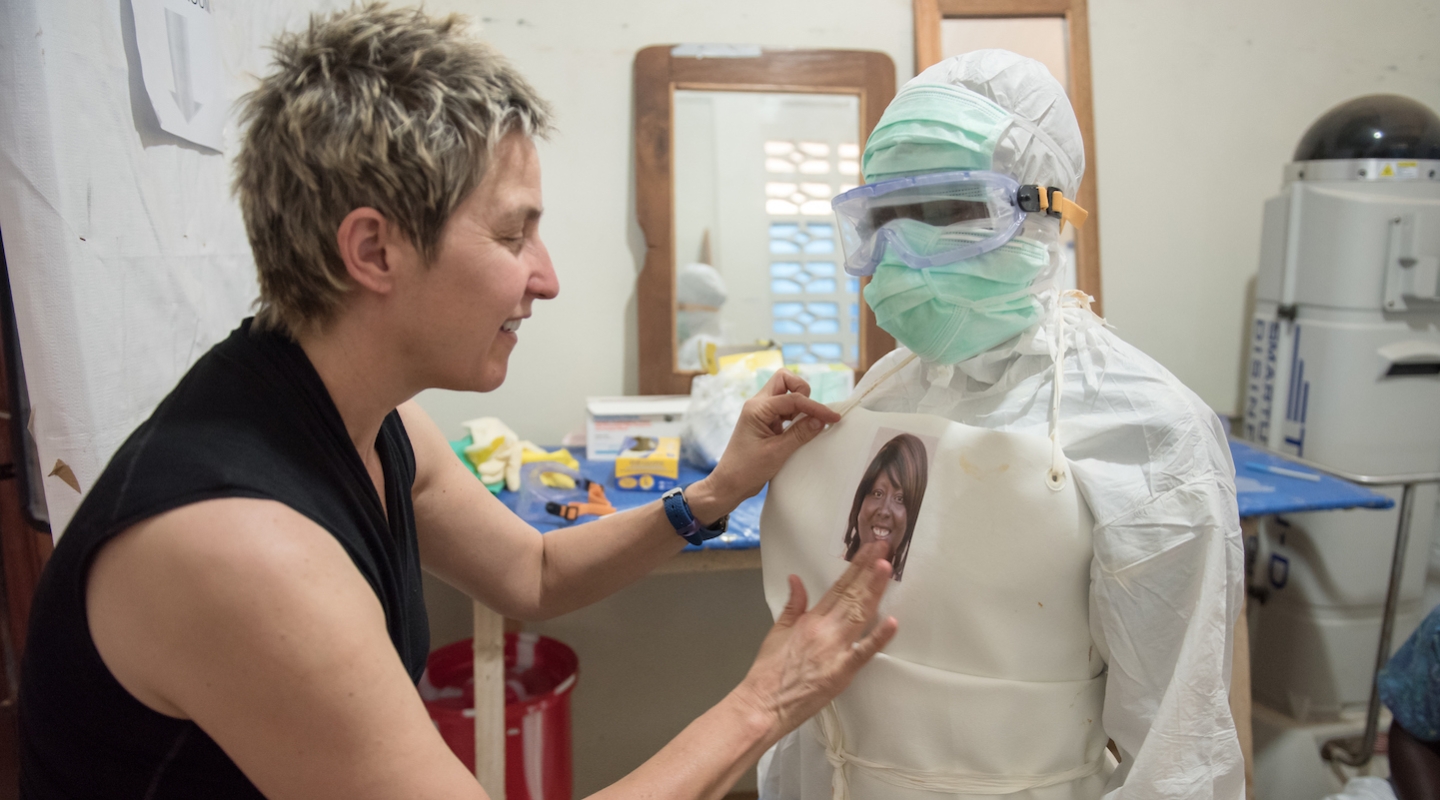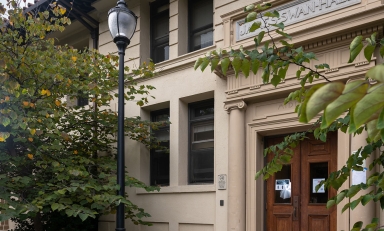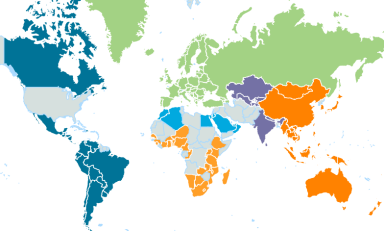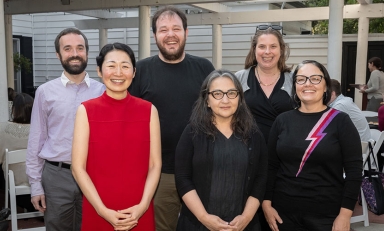Five years ago during the West African Ebola epidemic, Occidental Professor Mary Beth Heffernan read first-person accounts from patients who were terrified by the anonymous head-to-toe personal protection (PPE) suits worn by their caregivers.
Heffernan wondered if patients’ fear might be lessened if they could see an image of who was caring for them. After much research and trial-and-error, she developed a means for healthcare workers to wear disposable adhesive photo portraits without compromising their protective gear.
When news of the project reached the Liberia Chair of Ebola Case Management, he invited Heffernan to bring the protocol there. It was implemented successfully in two Ebola treatment units and an ambulance service.
Today, one of those head-to-toe suits equipped by Heffernan with a photo of a smiling health worker is part of “Being Human,” a new permanent exhibition at the Wellcome Collection, the innovative London museum of science and medicine.
The exhibition “explores trust, identity and health in a changing world,” according to the museum. “It reflects our hopes and fears about new forms of medical knowledge, and our changing relationships with ourselves, each other and the world.”
“I am honored that the PPE Portrait Project is historicized in the Wellcome Collection alongside the art of Bob Flanagan, Cassils and Yinka Shonibare,” says Heffernan, a professor of art and art history who has served on the Occidental faculty since 2002. "The curatorial premise is spot on, that art and culture are essential elements of health, and of being human."
As an artist whose previous work explores the intersection of photography and the human body, it seemed obvious to Heffernan that attaching a disposable headshot portrait on medical workers’ protective gear could go a long way in mitigating the frightening effects of treating a highly infectious disease.
"The otherworldly appearance and physical barrier of the PPEs – Liberian medical workers referred to themselves as ‘scary ninjas’ -- are isolating, dehumanizing and compound patient fear," she says. "Photo portrait labels help engender trust and facilitate the emotional bond between doctors, nurses and their patients."
The practical benefits of her project are intrinsic to its function as "social practice art," in which the portrait label is a catalyst to enhance the relationship between patient and healthcare worker. "Here, the ‘art’ consists of the invisible bond between healthcare worker and patient, a relationship strained by the requisite isolation and frightening appearance of the protective gear," Heffernan explains.
Since her successful Liberian trip, Heffernan has presented her work at several conferences and symposia, including at the Royal College of Nursing in London and the Mayo Clinic, seeking to expand the use of photo portrait labels to any environment where safety considerations mean patients can’t see the face of their health care provider.
"When patients can't see a healthcare worker's face, they feel isolated and stressed,” she says. “If you enable a patient to identify who is caring for them, they have agency; they become an active part in the healing process."
Photo: Prof. Mary Beth Heffernan applies an adhesive portrait to Zoe Dewalt, RN, before Dewalt enters the "red zone" to care for unconfirmed Ebola patients in the ELWA II ETU (Ebola Treatment Unit) in Monrovia, Liberia in March 2015. (Marc Campos/Occidental College)




